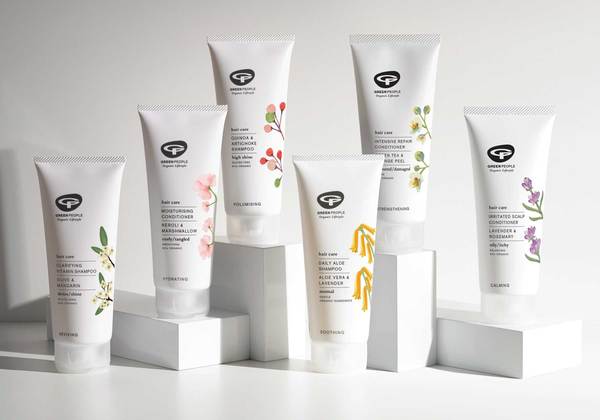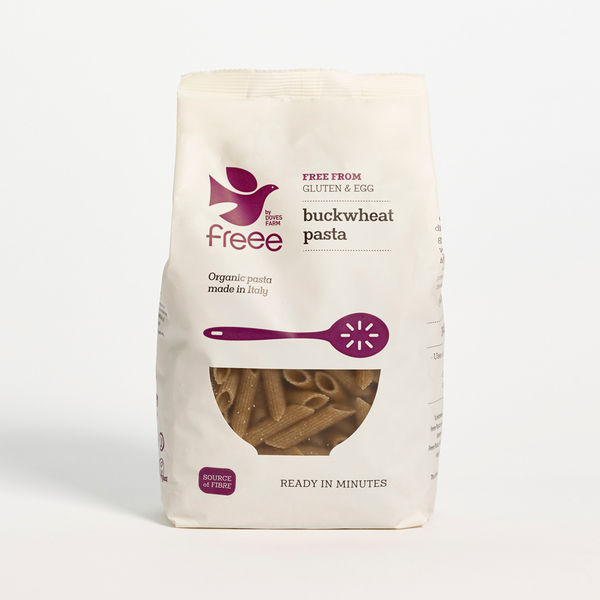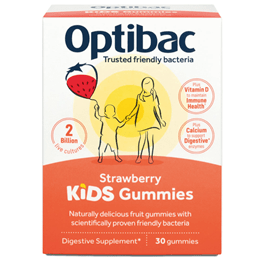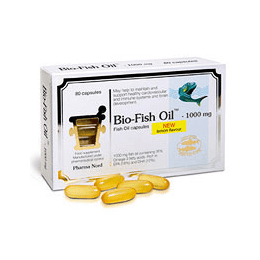This article is about chemical extracts. For the 2009 film, see Extract (film). For other uses, see Extraction (disambiguation).
Vanilla extract
An extract is a substance made by extracting a part of a raw material, often by using a solvent such as ethanol or water. Extracts may be sold as tinctures, absolutes or in powder form.
The aromatic principles of many spices, nuts, herbs, fruits, etc., and some flowers, are marketed as extracts, among the best known of true extracts being almond, cinnamon, cloves, ginger, lemon, nutmeg, orange, peppermint, pistachio, rose, spearmint, vanilla, violet, rum, and wintergreen
A tincture is typically an extract of plant or animal material dissolved in ethyl alcohol (ethanol). Solvent concentrations of 25–60% are common, but may run as high as 90%.[1] In chemistry, a tincture is a solution that has ethanol as its solvent. In herbal medicine, alcoholic tinctures are made with various ethanol concentrations, 20% being the most common.[1]
Other solvents for producing tinctures include vinegar, glycerol (also called glycerine), diethyl ether and propylene glycol, not all of which can be used for internal consumption. Ethanol has the advantage of being an excellent solvent for both acidic and basic (alkaline) constituents. A tincture using glycerine is called a glycerite. Glycerine is generally a poorer solvent than ethanol. Vinegar, being acidic, is a better solvent for obtaining alkaloids but a poorer solvent for acidic components. For individuals who choose not to ingest alcohol, non-alcoholic extracts offer an alternative for preparations meant to be taken internally.
Low volatility substances such as iodine and mercurochrome can also be turned into tinctures.

























